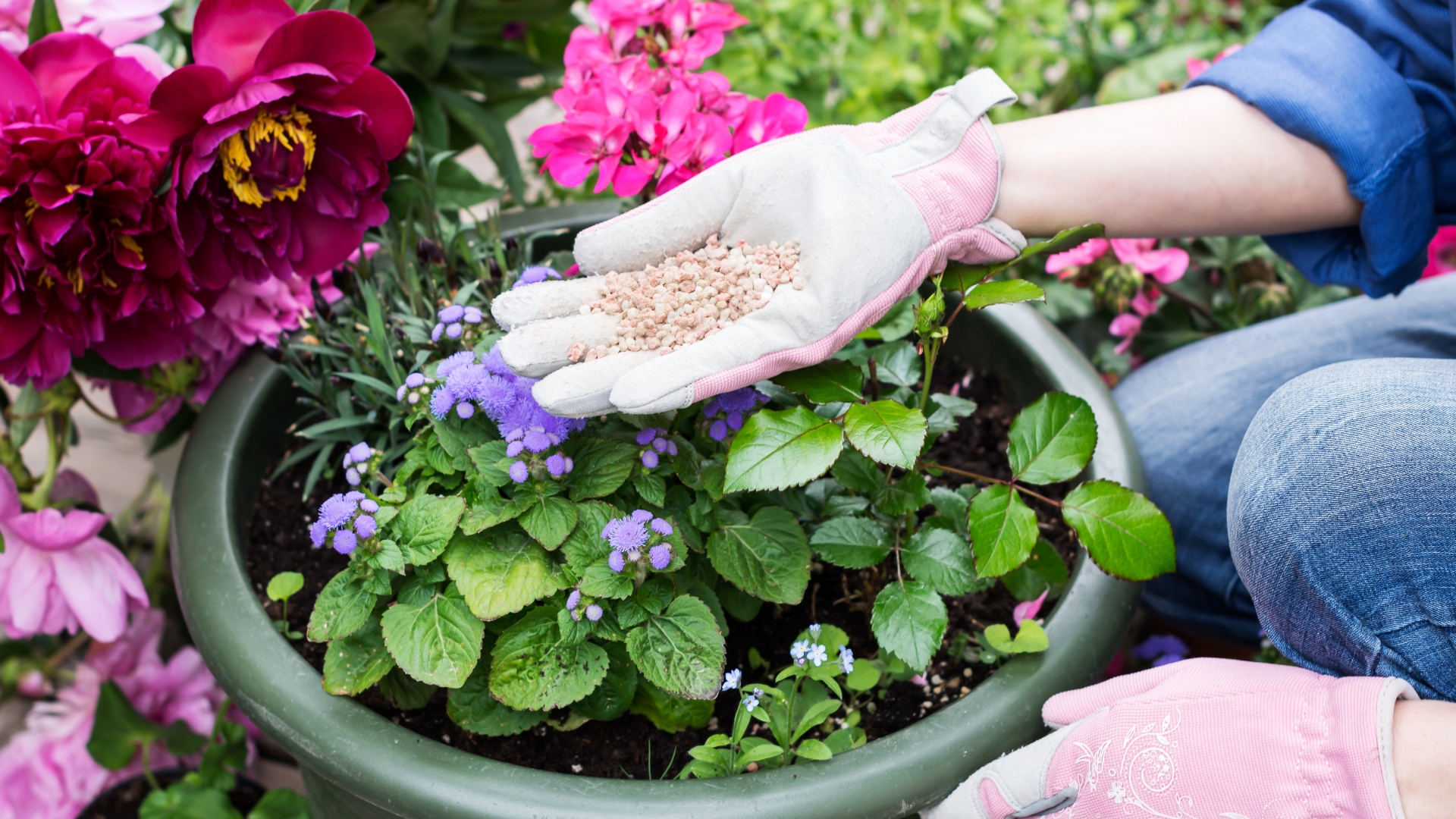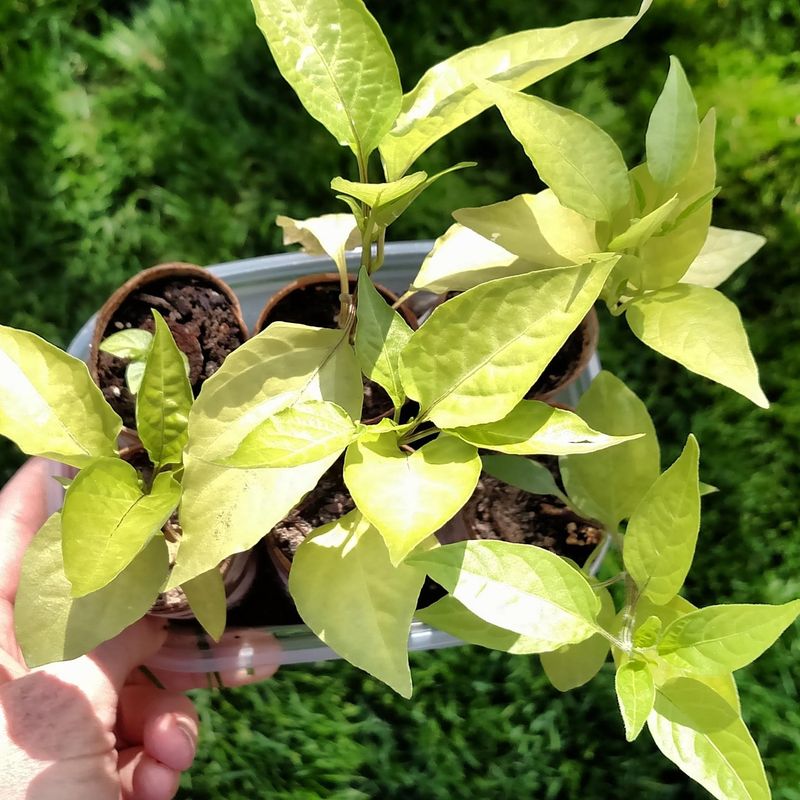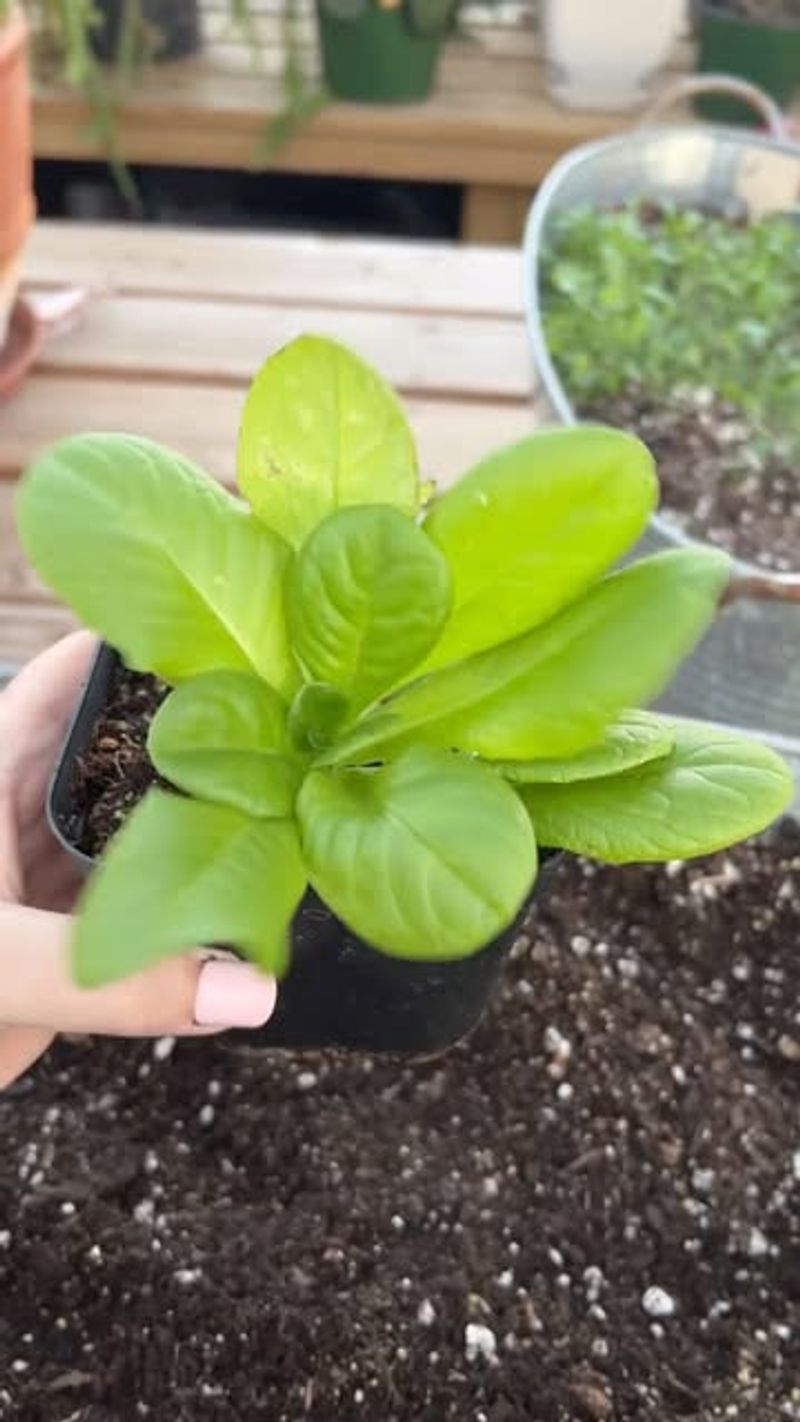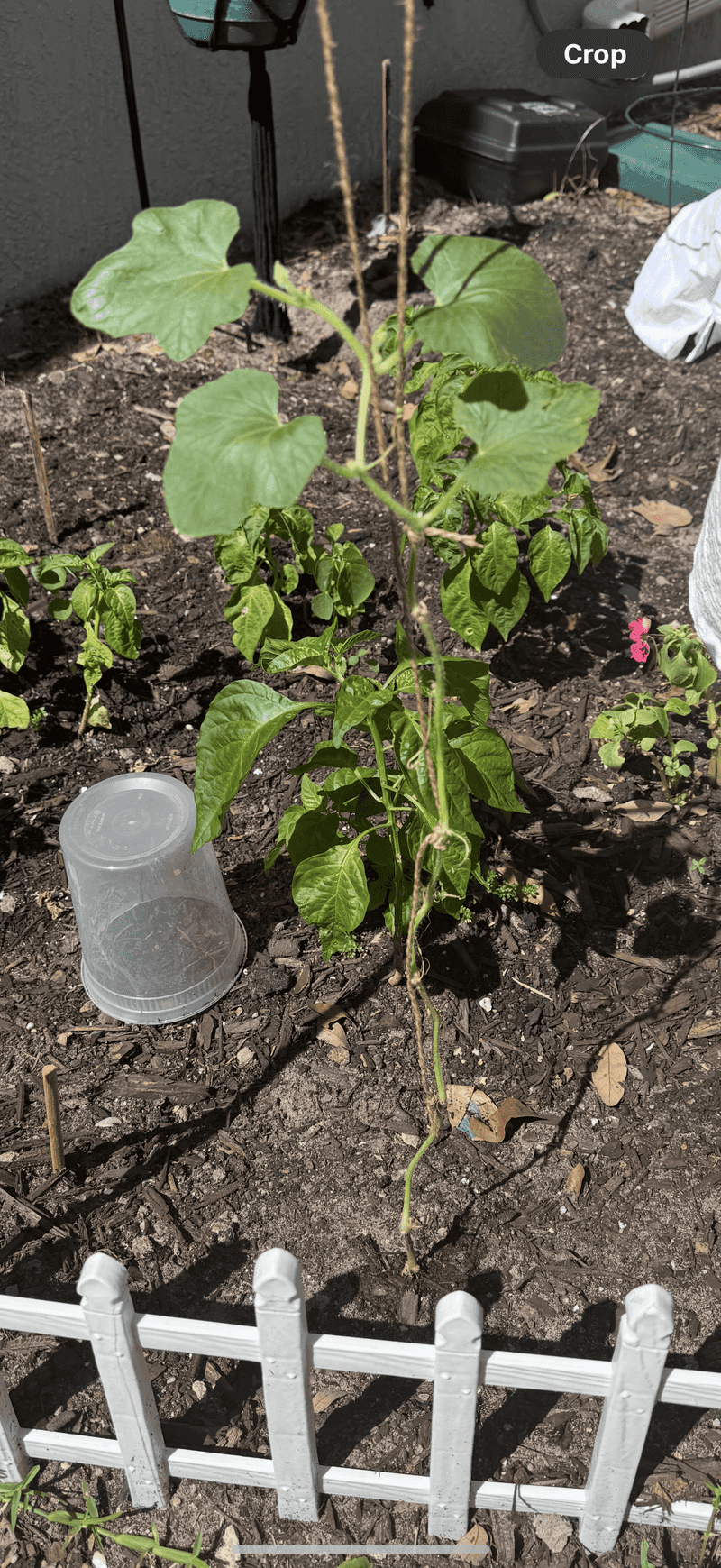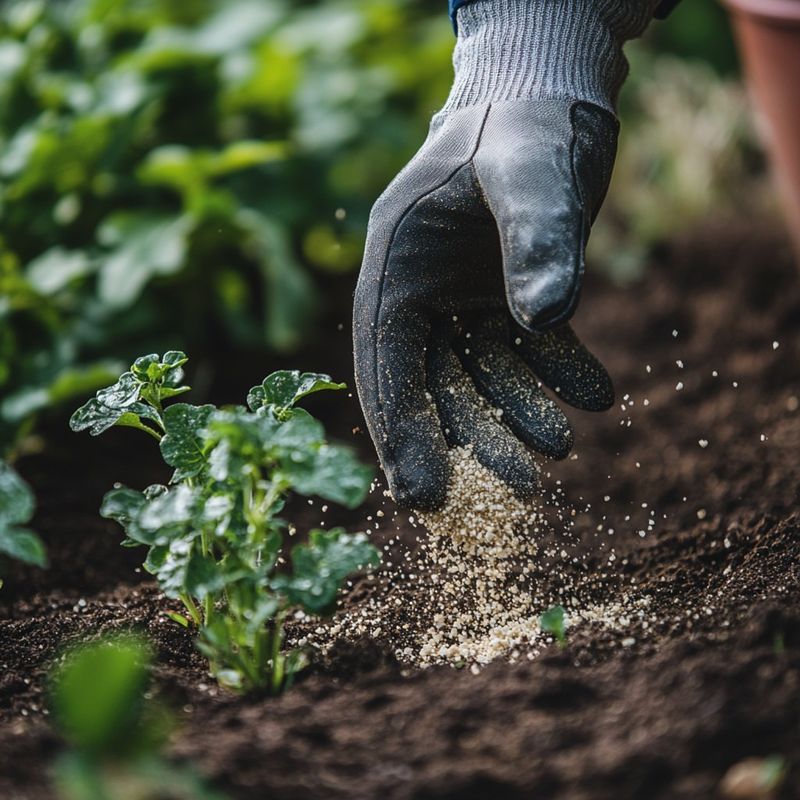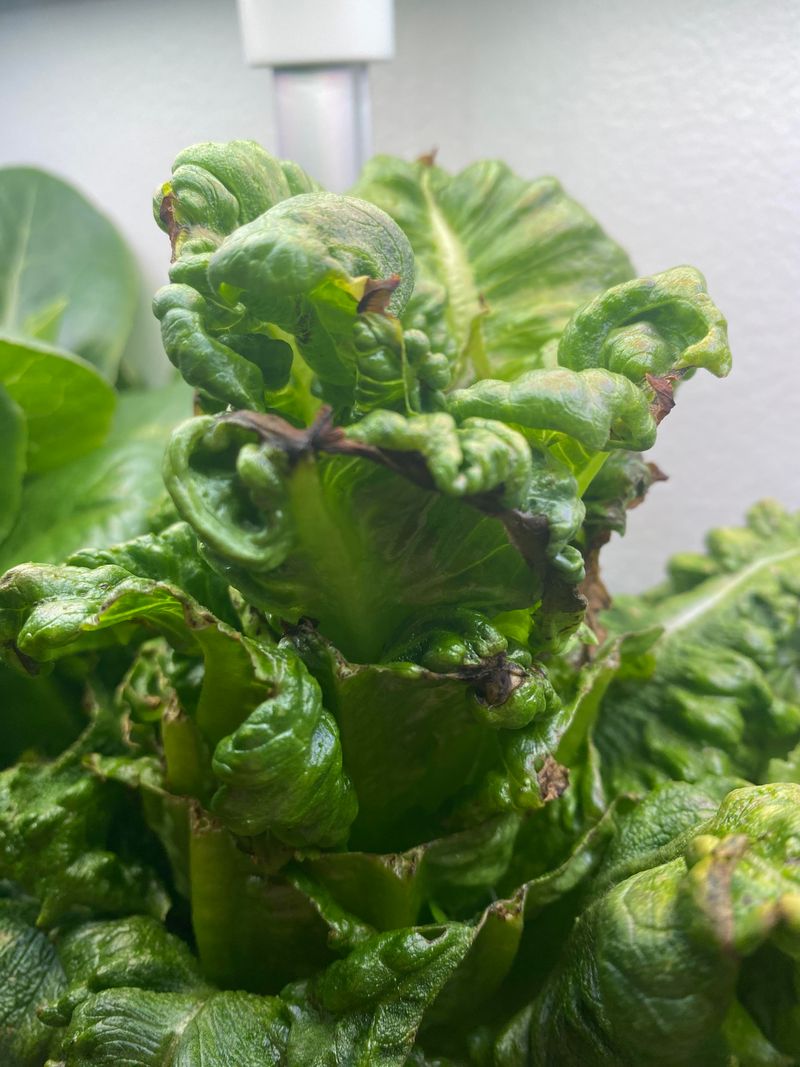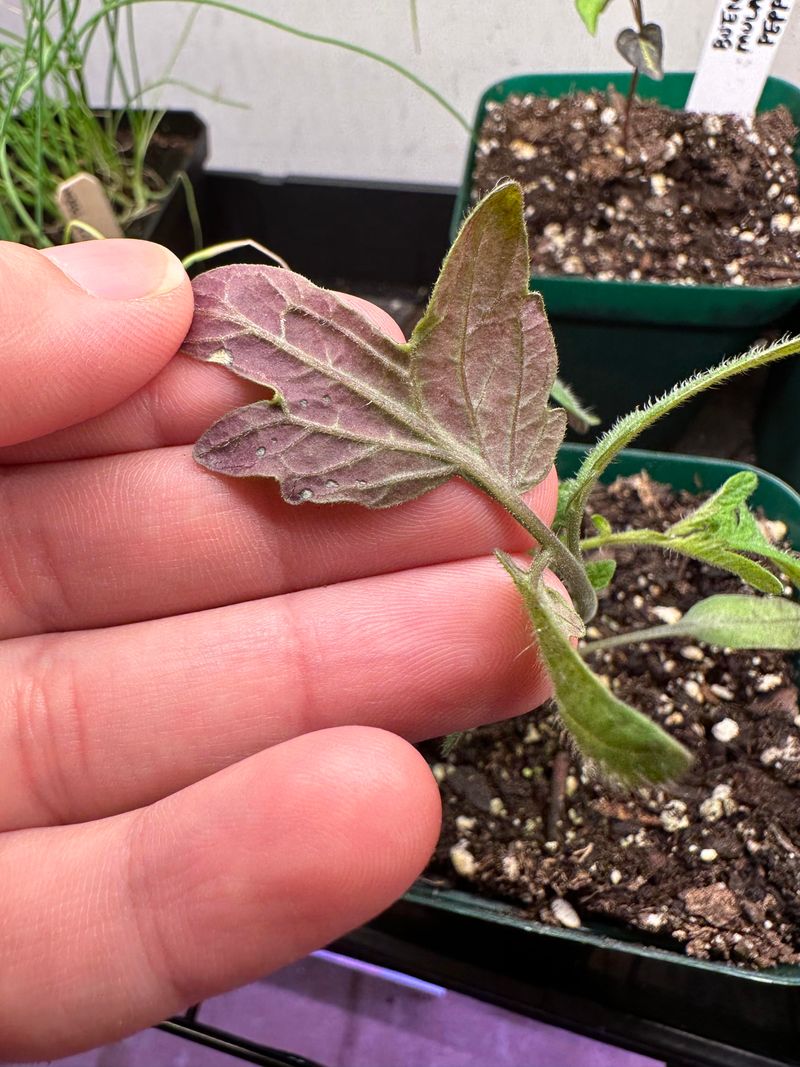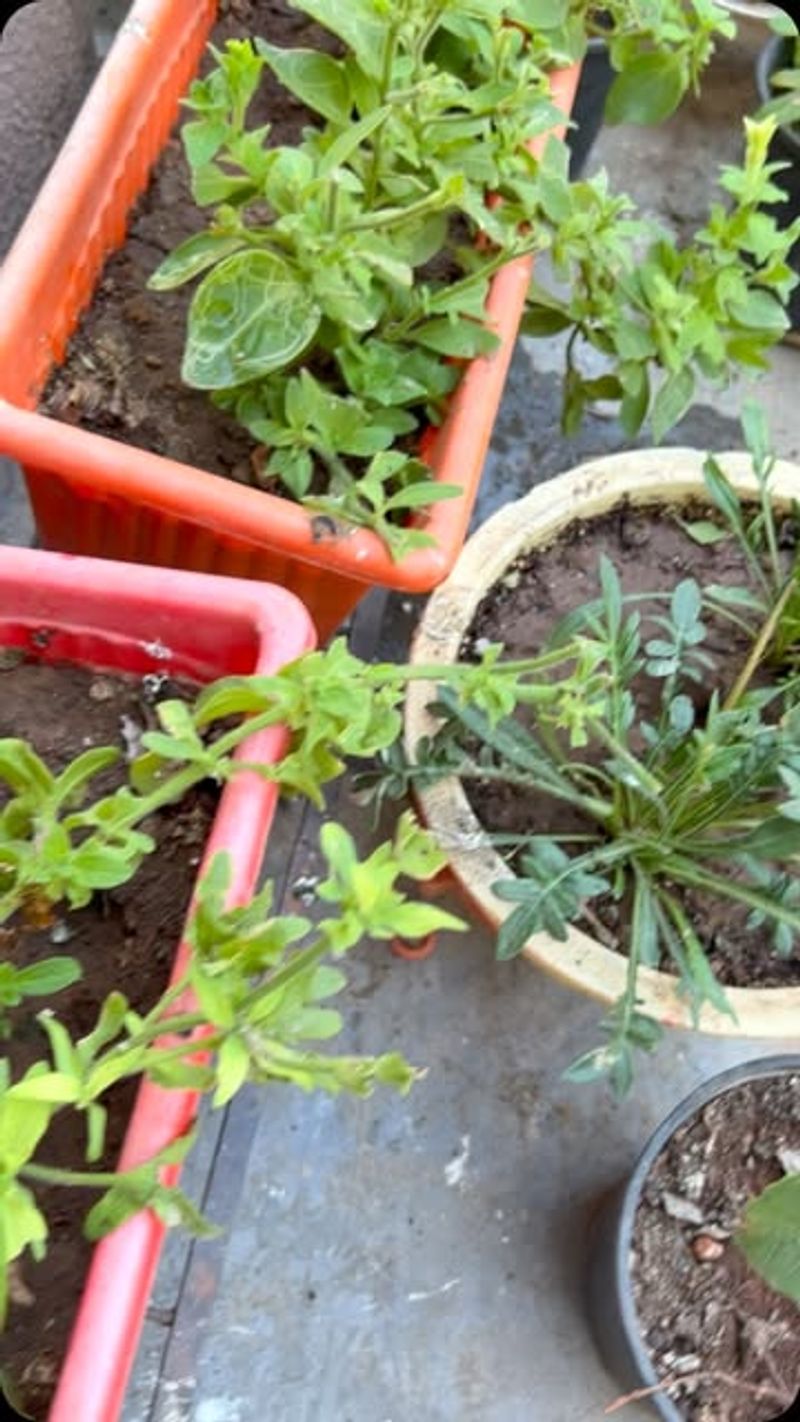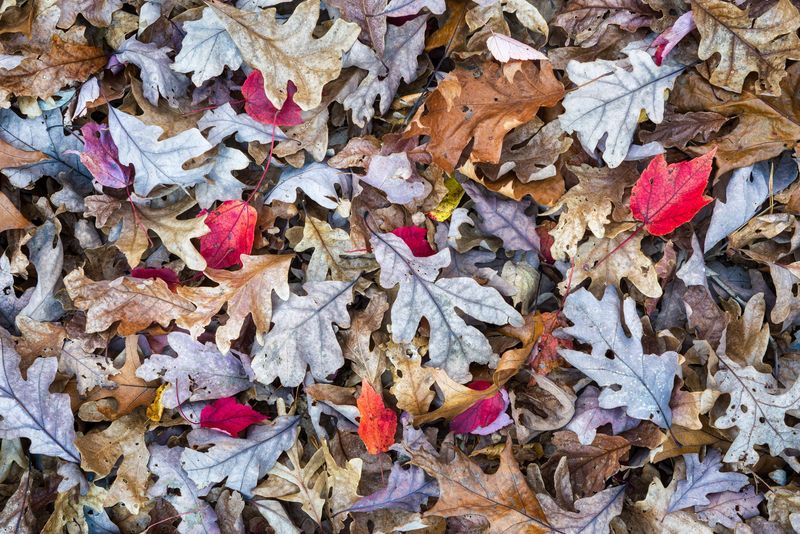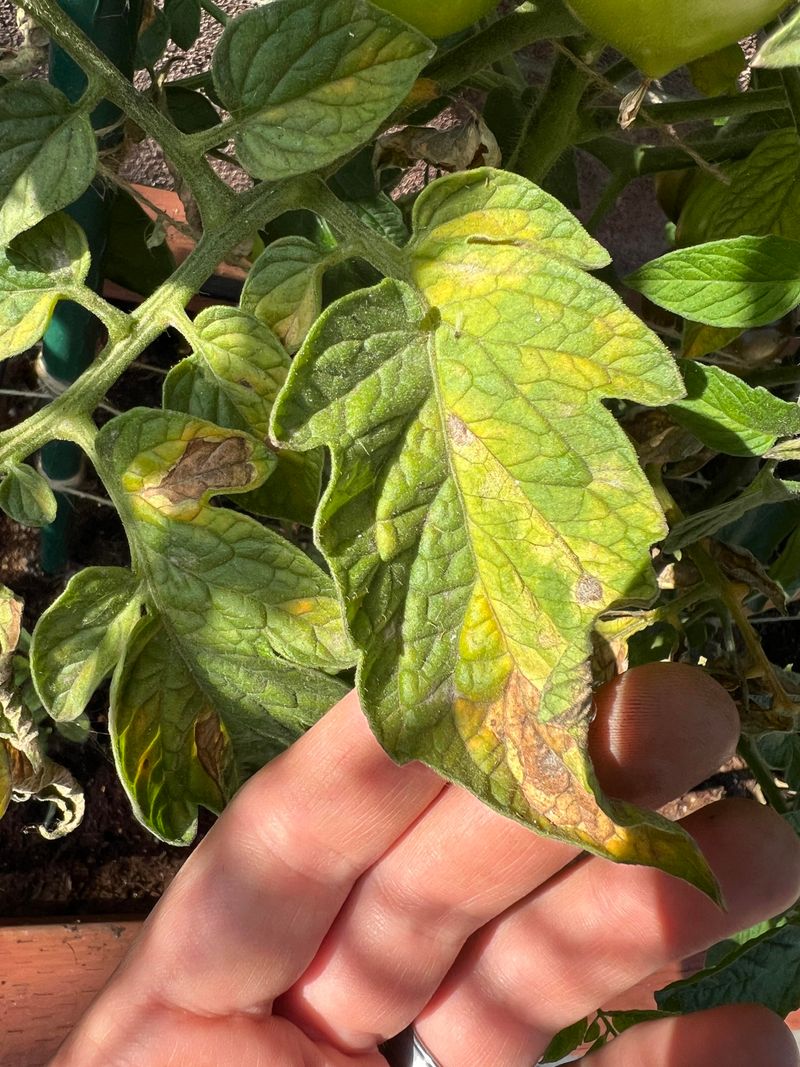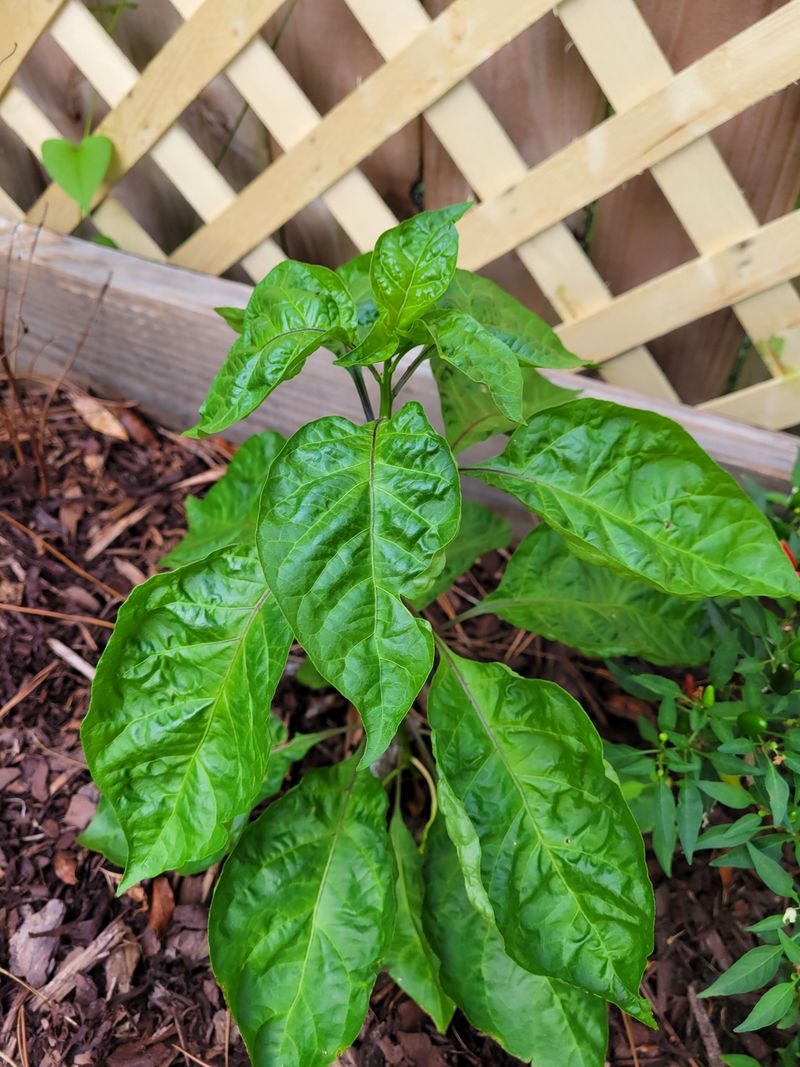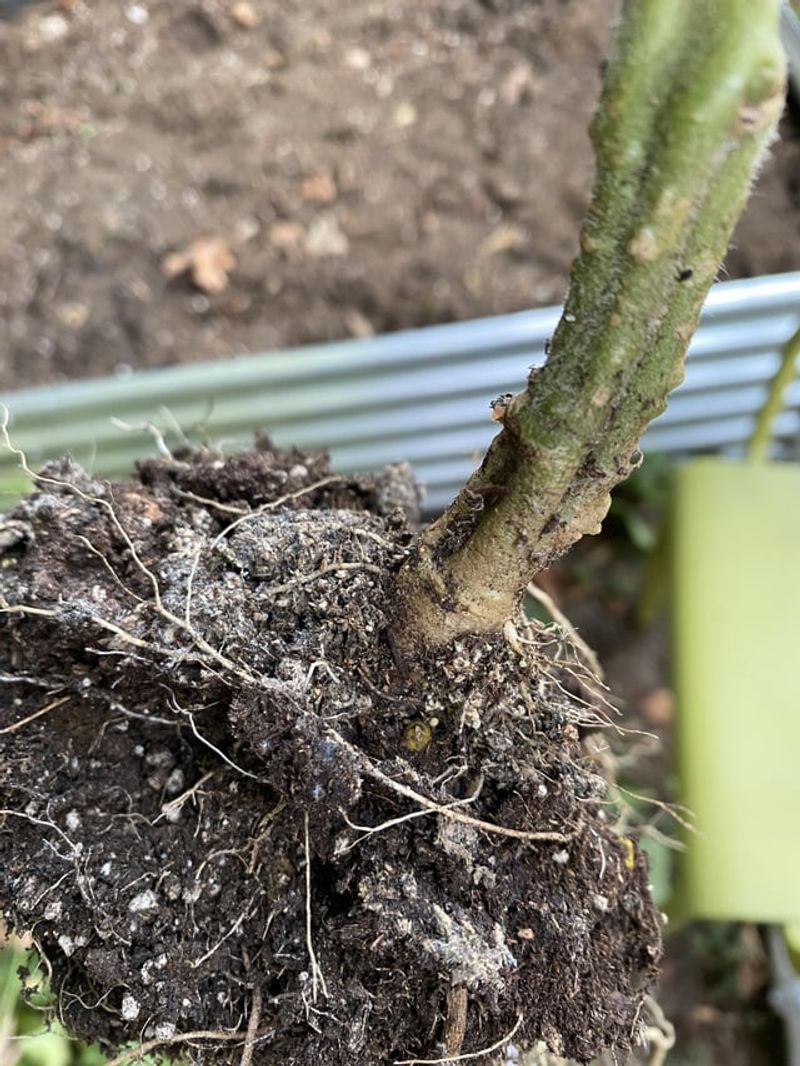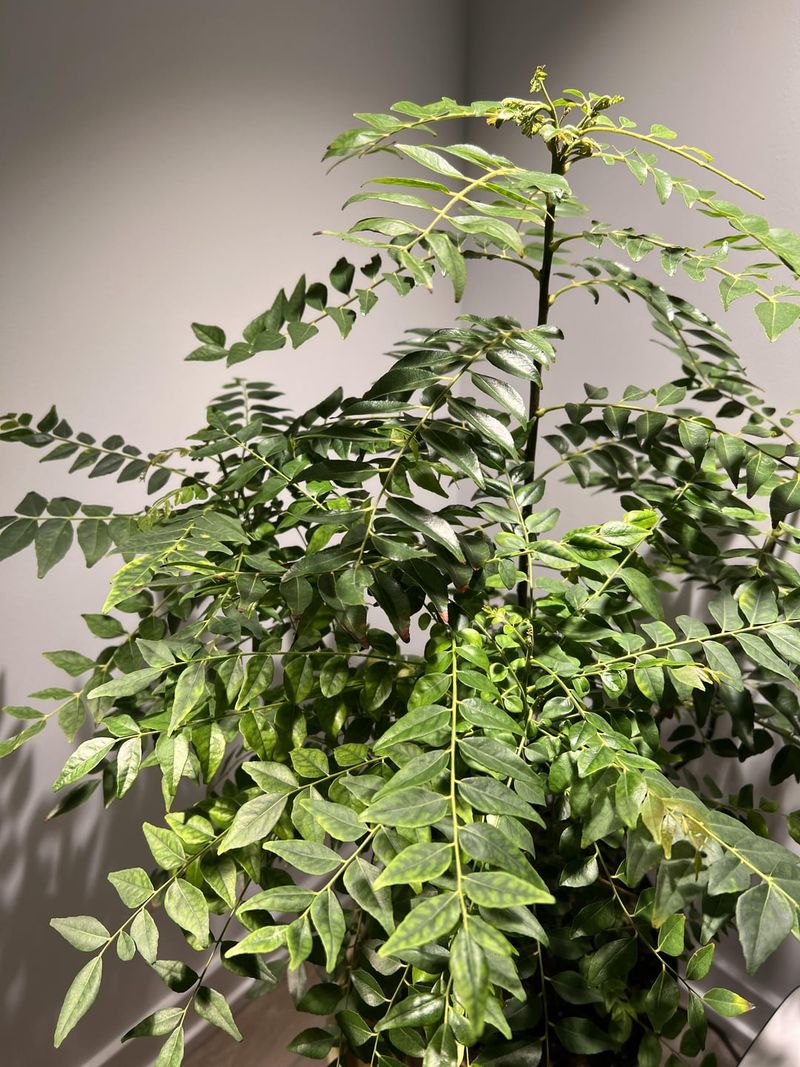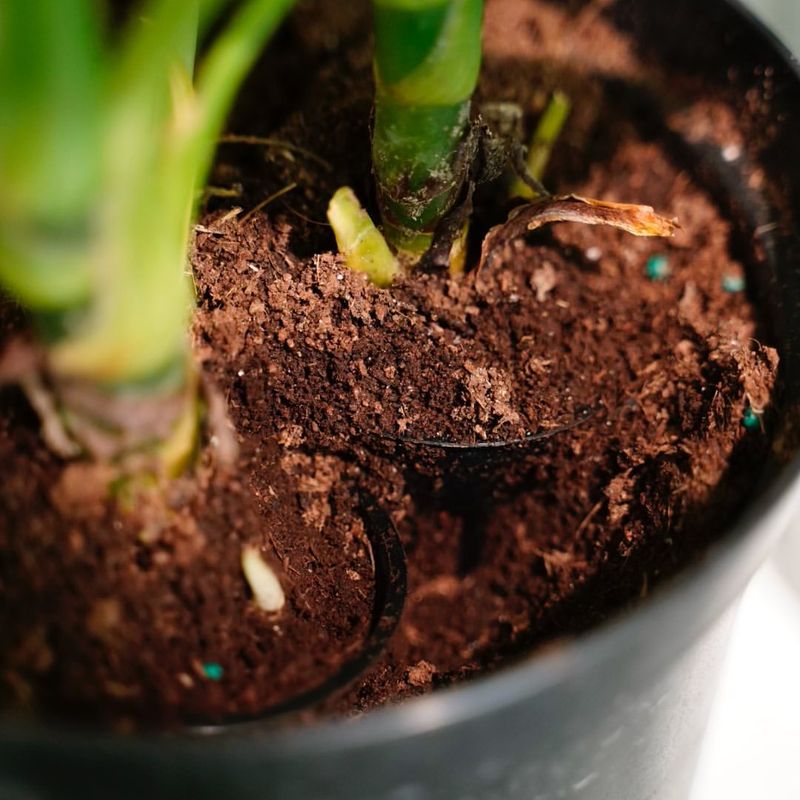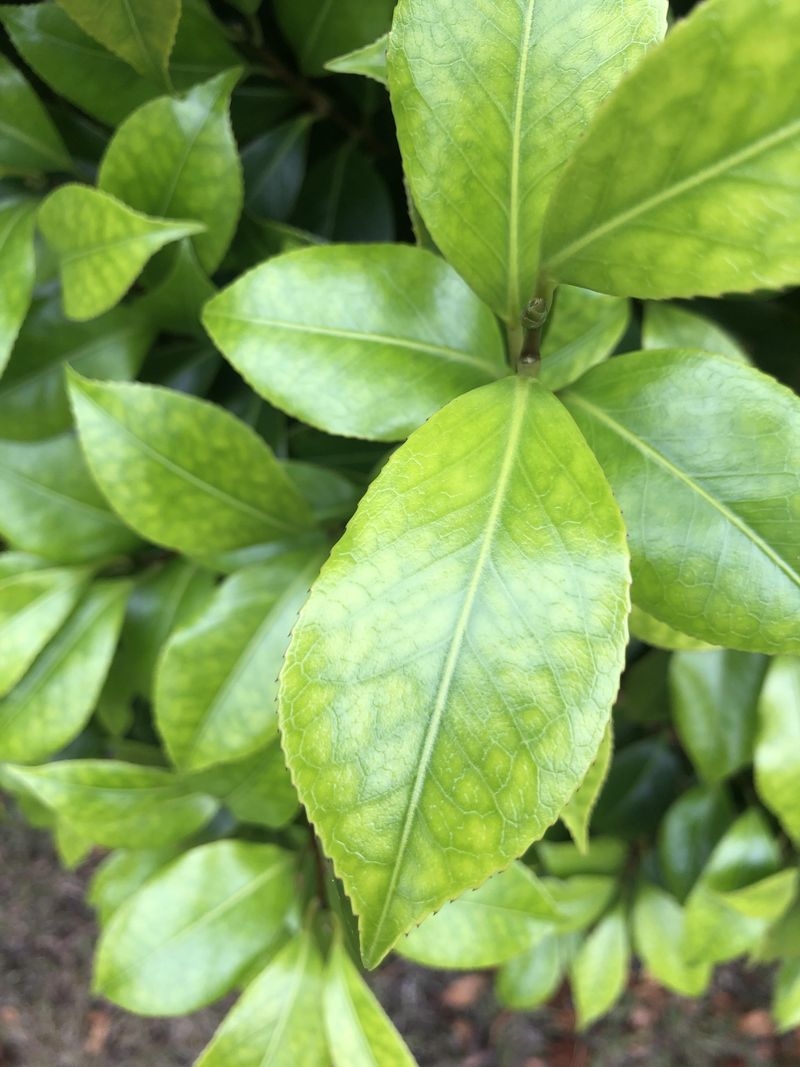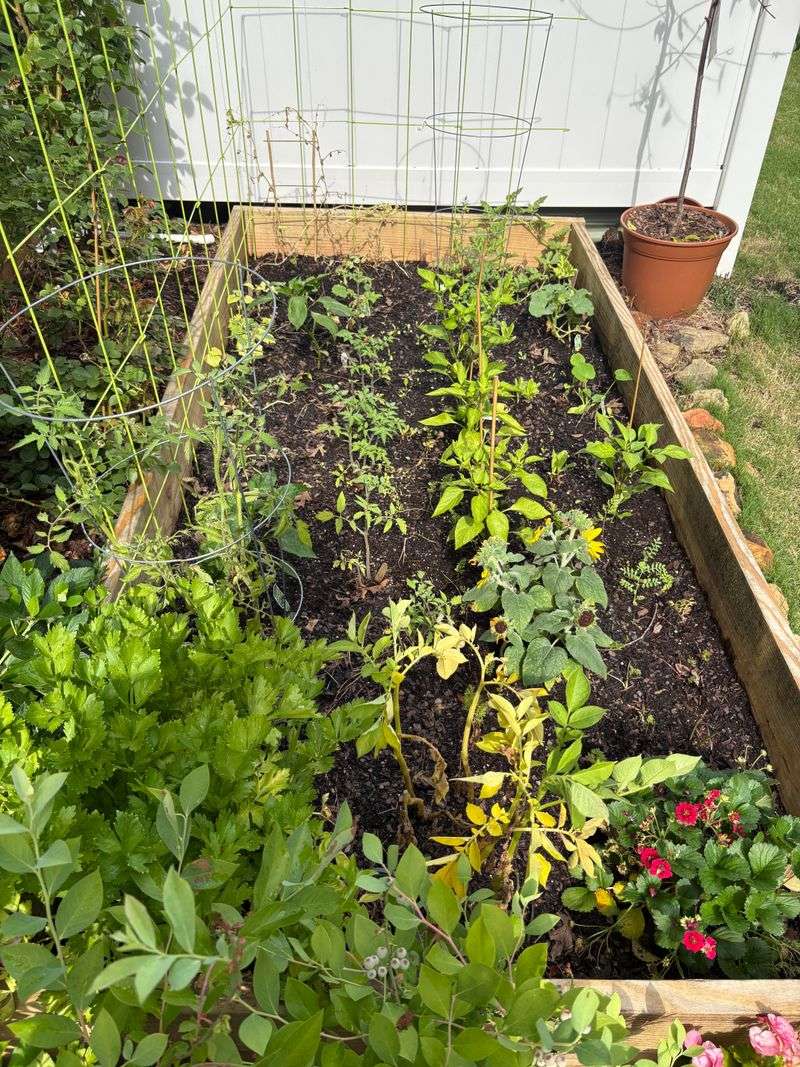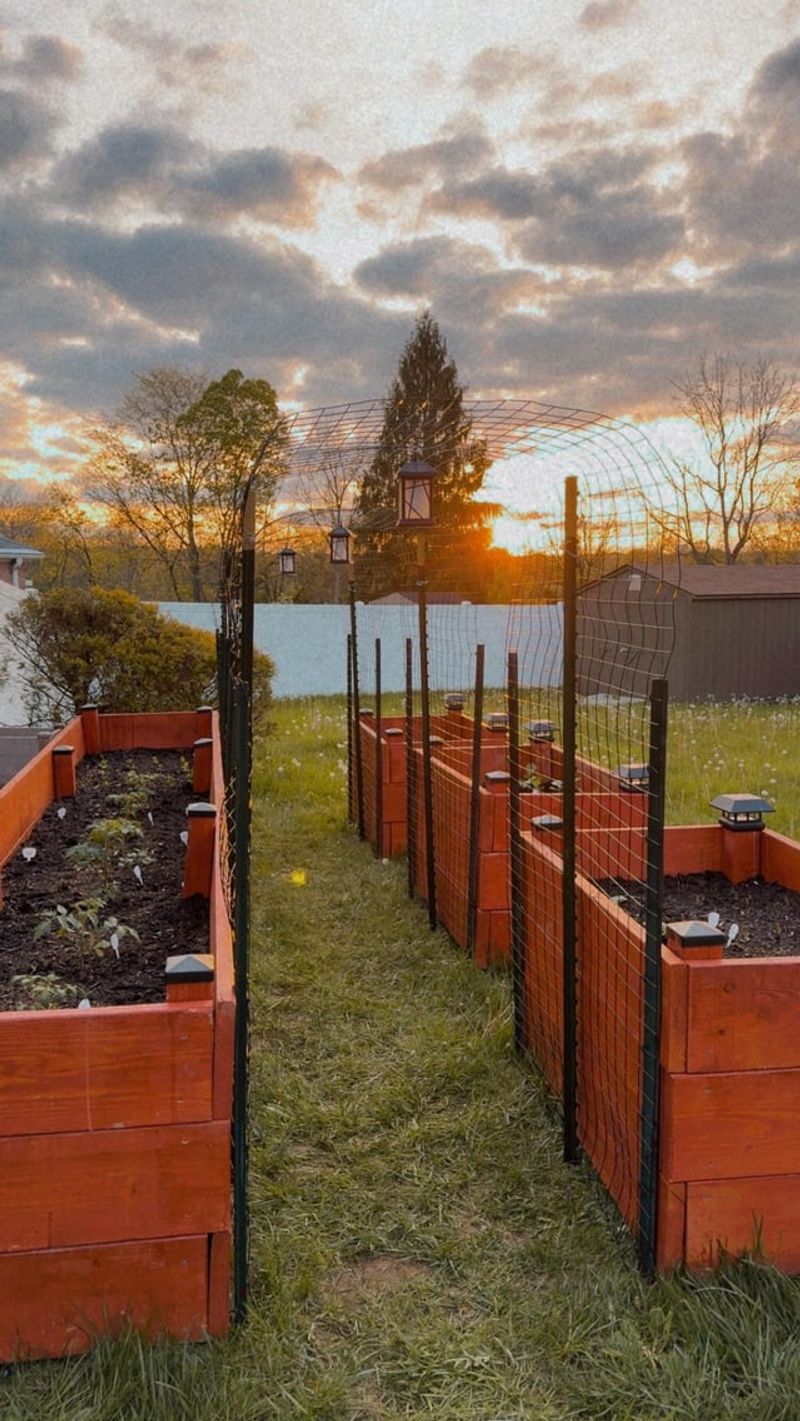Sometimes your garden tries to tell you it’s hungry—but the signs aren’t always obvious. I’ve missed a few of these myself and ended up with sad-looking plants that just needed a nutrient boost.
Over time, I’ve learned to spot the clues that it’s time to feed the soil, not just water the plants. These 15 signs can save you from poor growth, dull leaves, and wasted effort.
I’ve also added some tips on picking the right fertilizer so your garden gets exactly what it needs.
1. Yellowing Leaves
Those vibrant green leaves turning yellow aren’t just having a bad day. This classic symptom, called chlorosis, happens when plants can’t make enough chlorophyll due to nitrogen deficiency.
The yellowing typically starts at the bottom and works its way up. Your plants are essentially cannibalizing nutrients from older leaves to feed new growth – a desperate cry for fertilizer!
2. Stunted Growth
Plants seem to be frozen in time? When your garden buddies aren’t reaching their expected size or growing at a snail’s pace, nutrient deficiency is often the culprit.
Even with perfect sunlight and watering, plants need proper nutrition to fuel their growth. Without essential nutrients like phosphorus and nitrogen, they simply can’t build new cells fast enough to grow normally.
3. Thin Stems
Noticed your plants looking a bit flimsy lately? Weak, spindly stems that can’t support their own weight signal a serious potassium deficiency in your garden soil.
Strong stems require potassium to develop proper cell walls and tissue. Without this crucial nutrient, plants become structurally compromised and may bend or break easily, especially during windy days or after watering.
4. Poor Flowering
Waiting forever for blooms that never show? Plants producing fewer flowers than normal are likely suffering from phosphorus deficiency, the nutrient responsible for reproductive growth.
Phosphorus is critical for energy transfer during the flowering process. Without enough of it, your plants might grow plenty of leaves but struggle to form buds or produce significantly smaller, less vibrant blooms than they should.
5. Leaf Edge Browning
Brown, crispy edges on otherwise healthy leaves aren’t usually about watering issues. This symptom, called leaf scorch, often indicates potassium deficiency in your garden soil.
The browning typically starts at the edges and works inward. Unlike drought damage which affects the whole plant, nutrient-related edge burn appears even when soil moisture is perfect, making it a reliable sign you need fertilizer.
6. Purple Undersides
Spotted unusual purple or reddish coloration on the undersides of leaves? This dramatic color change is a telltale sign of phosphorus deficiency, especially common in cool weather.
Plants produce these anthocyanin pigments when they’re struggling to metabolize properly. The purpling often appears first on the undersides of leaves and may eventually spread to stems and even the tops of leaves if left untreated.
7. Pale New Growth
Fresh leaves looking unusually pale? When new growth emerges lighter green or yellowish instead of the vibrant green you’d expect, your plants are likely running low on nitrogen.
Nitrogen is essential for chlorophyll production, giving leaves their healthy green color. Unlike overall yellowing, this symptom appears primarily in new growth, making it easy to distinguish from other problems like overwatering or disease.
8. Early Leaf Drop
Leaves abandoning ship before their time? Premature leaf shedding, especially from the bottom up, signals your plants are desperately relocating nutrients from expendable parts to critical growth areas.
This nutrient scavenging happens when plants can’t extract enough minerals from the soil. They’ll sacrifice older leaves to salvage whatever nutrients they can, causing them to yellow, wither, and drop much earlier than they should.
9. Delayed Ripening
Fruits or vegetables taking forever to mature? When your edibles seem stuck in a perpetual state of almost-readiness, phosphorus and potassium deficiencies are likely holding them back.
These nutrients are crucial for the ripening process. Without them, tomatoes stay stubbornly green, peppers refuse to change color, and other produce develops much slower than it should, often with compromised flavor and reduced size.
10. Curling Leaves
Leaves twisting into unusual shapes? When foliage curls downward or inward despite proper watering, calcium deficiency is often the hidden culprit your plants are trying to signal.
Calcium strengthens cell walls and helps regulate water movement within plants. Without enough of it, new growth develops improperly, creating distorted leaves that curl as they expand, eventually limiting the plant’s ability to photosynthesize effectively.
11. Brittle Stems
Snapping stems with minimal pressure? Plants developing unusually brittle branches that break easily when bent are showing classic signs of calcium deficiency in your garden soil.
Calcium is essential for strong cell walls and plant structure. Without adequate supplies, new growth becomes structurally weak, making plants more susceptible to damage from handling, wind, or even the weight of their own fruits and flowers.
12. Veiny Leaves
Noticed leaf veins standing out dramatically against paler leaf tissue? This distinctive pattern called interveinal chlorosis typically signals magnesium or iron deficiency in your garden soil.
The veins remain green while the tissue between them yellows because chlorophyll breaks down unevenly. This happens because nutrients like magnesium are critical components of chlorophyll molecules and are mobile within the plant, creating this characteristic road-map appearance.
13. Poor Root Development
Pulled up a plant to find disappointing roots? A weak, shallow root system with few feeder roots signals phosphorus deficiency, preventing your plants from accessing water and nutrients effectively.
Healthy plants develop extensive root networks to explore the soil for resources. Without proper nutrition, particularly phosphorus, root growth stalls, leaving plants vulnerable to drought stress and unable to support normal above-ground growth.
14. Lackluster Leaf Color
Garden looking dull and uninspiring? When foliage lacks that vibrant, rich green color and instead appears washed-out or pale throughout the plant, overall nutrient deficiency is likely the issue.
This general lackluster appearance differs from specific deficiency symptoms. It suggests your soil is broadly depleted of several essential nutrients, causing plants to develop but never achieve their full color potential or vigor.
15. Slow Recovery
Plants taking forever to bounce back after stress? When your garden struggles to recover from minor setbacks like transplanting, pruning, or weather events, inadequate nutrition is often the limiting factor.
Well-fed plants have energy reserves to repair damage and generate new growth quickly. Without these reserves, recovery becomes painfully slow or incomplete, leaving your garden vulnerable to compounding problems like pest attacks.
16. Choosing The Right Fertilizer
Noticed the N-P-K numbers on fertilizer bags? These represent nitrogen, phosphorus, and potassium percentages. Match these to your specific deficiency symptoms – higher nitrogen for leaf growth, phosphorus for roots and flowers, potassium for overall health.
Consider slow-release granular fertilizers for long-term feeding or water-soluble options for quick fixes. Organic alternatives like compost tea, fish emulsion, or bone meal provide gentler nutrition with additional soil-building benefits.

